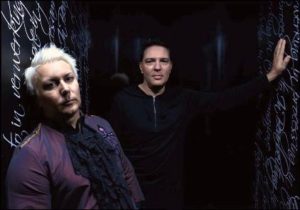
Last year, Welsh duo SHELTER “ascended” onto the hungry synthpop fans with a bang, following their debut ‘Emerge’.
Oh, and did they emerge; with a larger than life frontman in Mark Bebb and the equally adept producer Rob Bradley in charge of musical execution. Andy Bell himself chose the boys to work with him on his ‘iPop’ adventure and ERASURE invited SHELTER to support them during ‘The Violet Flame’ tour.
And now the Welsh duo are known far and wide for providing the synth loving boys and girls with catchy tunes and exuberant live shows. ELECTRICITYCLUB.CO.UK caught up with Mark and Rob over a glass of red…
SHELTER are now quite popular with fans of easy listening electronica. But how did it all start?
Mark: We’ve been working and writing together since 1999. Rob had a studio and I was in a boyband looking for a studio. My brother recommended Rob. We shared a love of electronic music and hit it off immediately. We started making music and quickly achieved success as finalists in Future Music’s national ‘Undiscovered Originals’ song writing competition and we’ve just continued from there.
Was ERASURE-like synthpop your choice of musical style deliberate, or did things just happen?
Mark: We are both massive ERASURE fans but we don’t try to emulate them. Our style has evolved organically due to our love of all things synthpop and electronica and we are not afraid to experiment a little. We do try and keep the sound consistent though, with the fact that we are an electronic two piece band.
How do you both feel about working on non-SHELTER related products?
Rob: I’m always glad to have a bit of peace and quiet! On a serious note though, I take on paid production work from time to time and I think it helps to challenge me to try and learn new things.
Andy Bell and ‘iPop’, who approached whom?
Mark: ‘iPop’ never started life as an album. We approached Andy privately and sent him an early demo of ‘Beautiful’. We’d written the song with Andy in mind and within minutes he rang us excitedly saying he absolutely loved the song and that he’s gonna fly over early in the New Year and stay for a week to record his vocals at our studio.
Rob: We recorded ‘Beautiful’ quite quickly and spent the rest of the week going through lots of our demos and picking ones he liked. We recorded 11 tracks in 7 days, 8 of which made it to the ‘iPop’ album. Voila, ‘iPop’ was born.
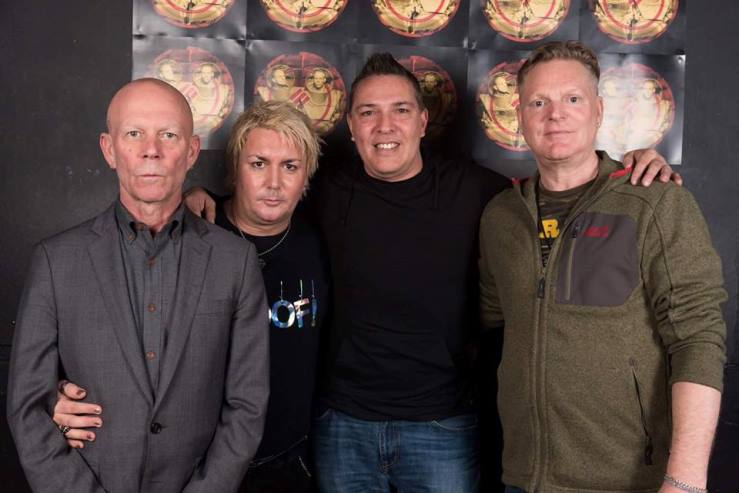
And then came your support slots on ‘The Violet Flame’ Tour…
Mark: Yes, amazing, ‘The Violet Flame’ and ‘iPop’ were truly life-changing turning points for us as a band. Vince Clarke very kindly worked with us on the track ‘Lift Me Up’ from ‘iPop’, so we think Andy and Vince maybe put in a good word for us to their manager in New York.
Out of the blue one day we got an e-mail which quite literally read “How about these 8 dates guys?” with 8 dates spanning UK, Germany and Denmark ie The European leg of the tour. I needed to read the e-mail numerous times to believe it, then rang Rob and asked him if he was sitting down! Rob suffice-to-say didn’t believe me as he naturally would find such news difficult to swallow!
Rob: I asked him to send me the e-mail. I rang him back and we were quite literally fit to burst with excitement and immediately accepted the offer of course.
Your approach to live gigs seems like an elaborate affair, with all the vibrant costumes and such…
Mark: Yes, we think it’s important to take what you do seriously, but not to take yourselves too seriously. We try to always put on reasonably elaborate and flamboyant live stage performances. This is primarily why Rob uses a keytar, to enable him to be more animated and mobile on-stage.
Rob: Convincing me to get a little more experimental with outfits took a number of years longer! *laughs*
Mark: I have to say he’s actually very open minded to creative things and pushing boundaries for someone a lot quieter and more reserved than me! Seeing Rob step out supporting DE/VISION in a silver LED light suit was a really highlight for me. I’ve always kinda just worn what ‘feels right’ for me to wear in a kinda non-binary / gender fluid approach. It’s less about orientation or gender for me and more about what best suits what we’re doing musically and visually at any given time, without feeling stifled or guided by the hand of convention.
As a band, how do you take criticism?
Mark: We take criticism on the chin simple as. Whenever you put anything you’ve created out there into the public domain, you are by default open to criticism. If you ‘invite’ or ‘volunteer’ your work out into the public domain, you have to expect feedback and opinion good, bad and indifferent. I think if you can’t take criticism, you’re clearly in the wrong game frankly. You’re always going to be judged in some way or other, no matter what your outputs concern themselves with. We do always listen to people’s feedback though.
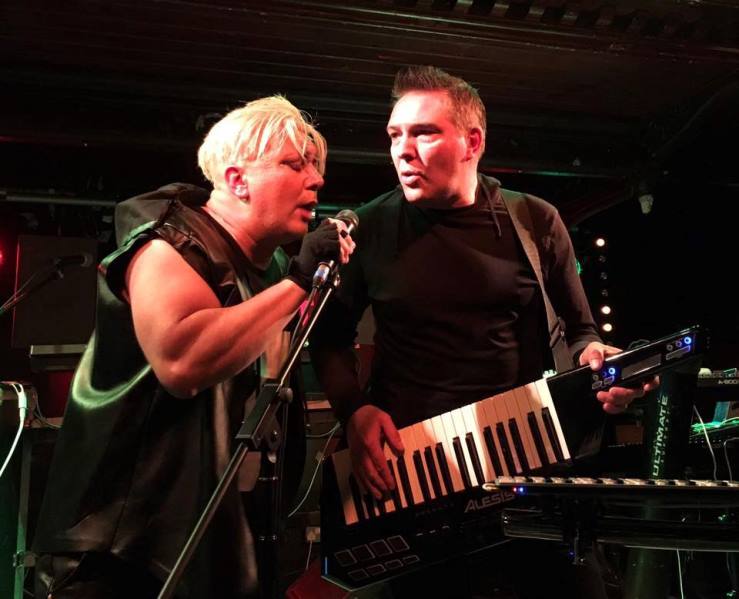
What are your musical influences?
Mark: Again simply too many to list really, but I guess my historical constants would have to be ERASURE, DEPECHE MODE, KRAFTWERK, DEAD OR ALIVE, BRONSKI BEAT, NEW ORDER, FRONT 242, OMD etc. More recently, I tend to also add in lots more independent acts such as ASSEMBLAGE 23 (Tom Shear), VNV NATION, IAMX, MARSHEAUX, AESTHETIC PERFECTION etc. In my car right now though almost on permanent repeat is ‘Metanoia’ by IAMX which, in my humble opinion is quite frankly a complete work of musical and production genius.
Rob: I basically love all music, apart from maybe thrash metal and opera *laughs*
But my real passion is for electronic 80s music like THE HUMAN LEAGUE, HOWARD JONES, HEAVEN 17, YAZOO, THOMPSON TWINS etc. I love the music that these early synth pioneers made and I just try to make new music in a similar, but evolved style in order to fill a gap that I feel they left behind. I’m obviously a massive ERASURE fan too, but thankfully they’re still delivering awesome new music in their same classic style. I do love to venture and experiment into different production styles though, but it’s always the retro electro stuff that tends to stay on my car playlist.
You’ve already “emerged” and “ascended”, what’s to come next?
Mark: Next comes ‘Soar’ – our debut trilogy of album releases were originally based on the metamorphosis and life-cycle of a butterfly. We’ve got to finish writing and recording our ‘difficult 3rd album’ first though before our beautiful butterfly takes to the sky.
Your most recent single ‘Karma’ is quite poignant. What’s the subject matter behind it, apart from the obvious?
Mark: No catch or hidden meanings with ‘Karma’, it does exactly what it says on the tin. “You can’t put out something, without a string that ties you back to it”; the opening line eloquently summarises the whole intent of the track. When I was younger, I always remember seeing a Snoopy and Woodstock sketch where Snoopy had a tennis bat and hit the ball and it bounced back and was hurtling back towards poor Snoopy.
The caption beneath it said; “… for every action, there is an equal and opposite reaction!” – that stayed with me and I think ‘Karma’ pays homage to that life principle. ‘Karma’ also embraces SHELTER’s darker, edgier side which Rob and I love doing from time-to-time.
Mark, your voice seems to have blossomed lately, you must look after it well…
Mark: That’s all down to Rob’s production mastery and studio trickery. He’s very good at making me sound very good. Not revealing any of our bag of tricks or our trade secrets here! *laughs out loud*
Thank you though, that’s such a lovely thing to be told as a singer, and I will very graciously accept that lovely compliment and quit while I’m ahead 😉
Any plans to produce other artists?
Rob: My immediate priority is to finish our next SHELTER album. Mark and I are getting a real buzz from writing new songs at the moment, so I want to keep focused on SHELTER as much as possible. I do however have a couple of production jobs for some clients to work on outside of SHELTER and I think after the album is done I’d like to have a crack at doing a one-off solo single. I doubt it will ever happen but I’ve always wanted to have a go.
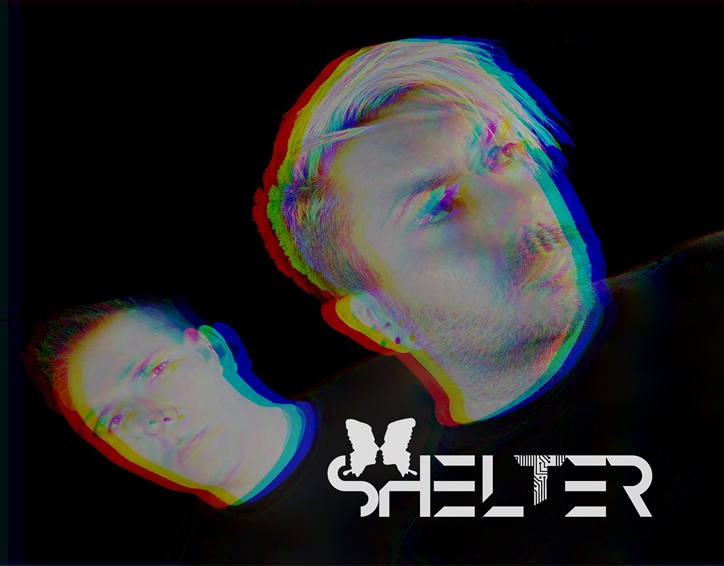
Coming back to live performances, SHELTER do gig extensively…
Mark: We do try to gig where and when we can, as it’s where we get a chance to reach out and directly connect with people who enjoy our music. Also it allows us to ‘road-test’ our music and see what works best in a live environment and see which tracks people respond more favourably to.
It goes without saying that our extensive and growing wardrobe also gets a bit of an airing. Rob and I always make a real effort for our live gigs with lots of behind-the-scenes debate regarding set lists, costume co-ordination etc.
Rob: Performing will always remain pivotal for a band to better connect with and understand those who like your music and also keeps you on the edge with adrenaline in terms of your performance prowess as gigging is instantaneous and unforgiving in terms of whether you can still ‘cut it’ as an artist.
Mark: We’re looking forward to playing back in Denmark shortly. Denmark has become our second home for playing live which is amazing.
ELECTRICITYCLUB.CO.UK gives its warmest thanks to SHELTER
Additional thanks to Si Skinner
‘Karma’ is released by Ministry Of Pop as a digital single and available from the usual platforms
is released by Ministry Of Pop as a digital single and available from the usual platforms
http://www.shelterofficial.com/
https://www.facebook.com/Shelterofficialmusic/
https://twitter.com/ShelterMusicHQ
Text and Interview by Monika Izabela Trigwell
30th October 2017
.
is released by Rabid Records via the usual digital platforms

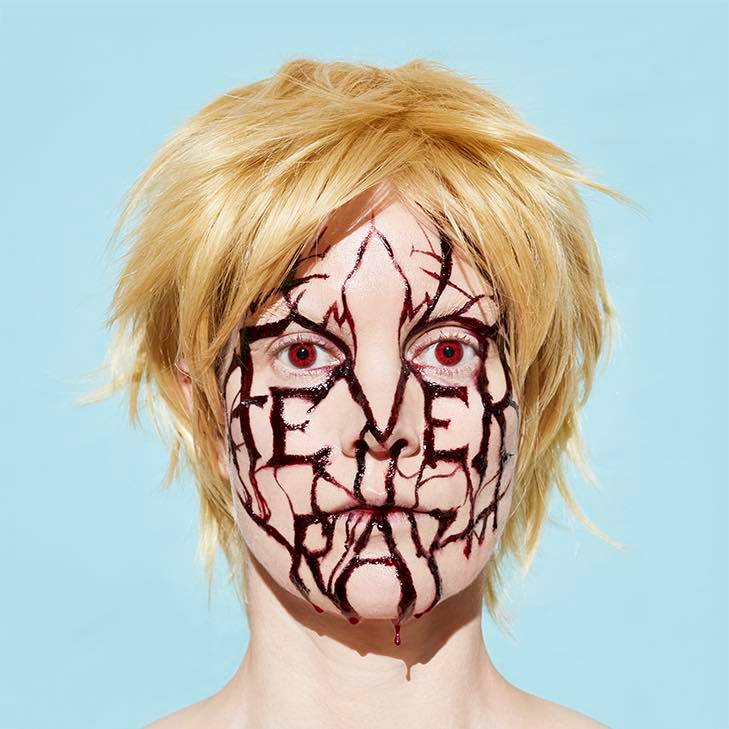




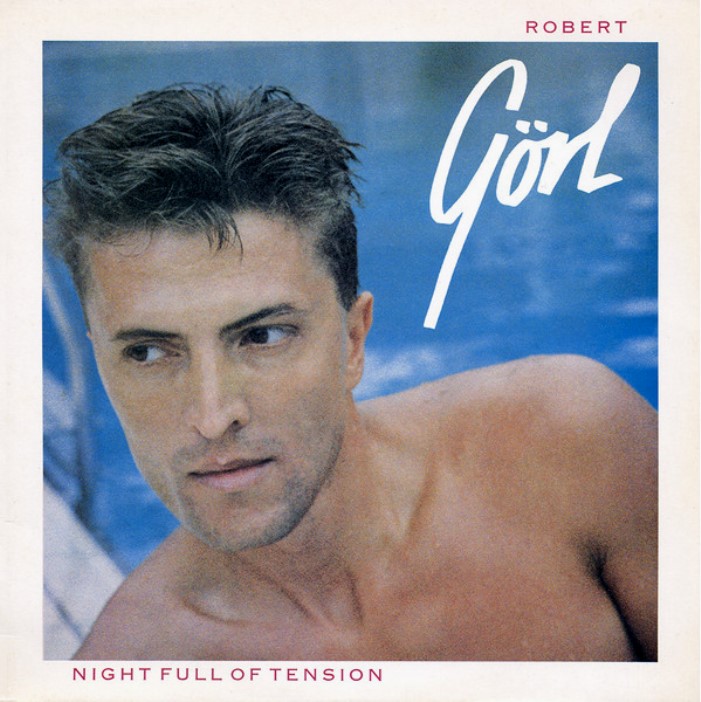
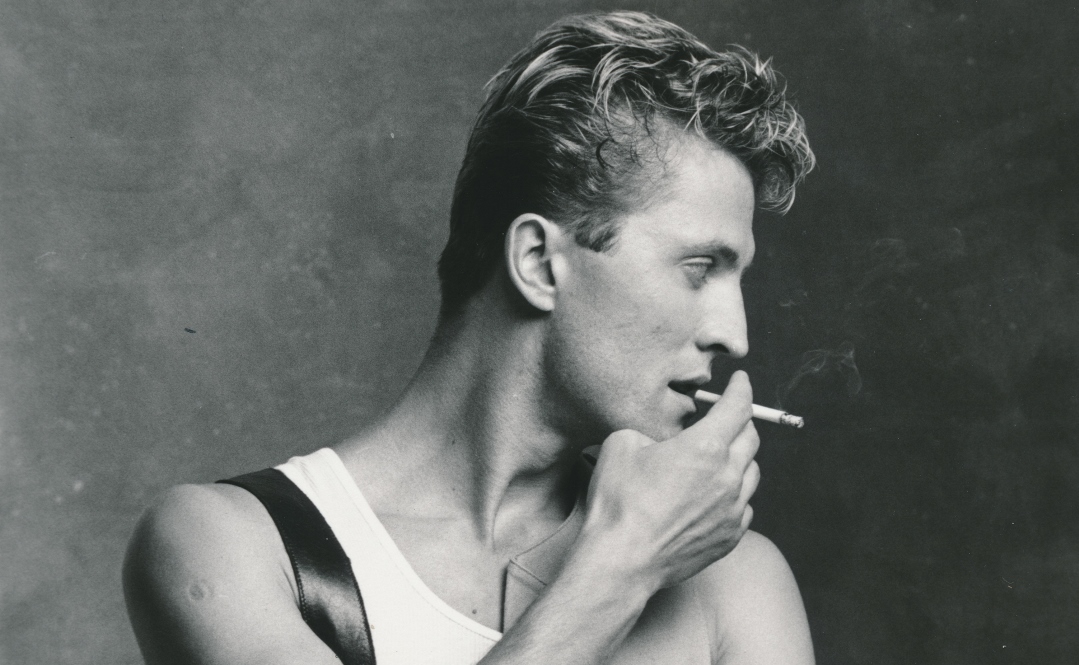
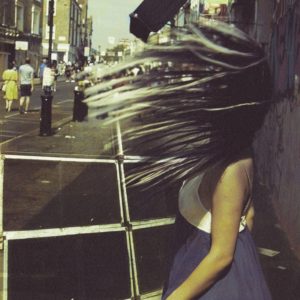

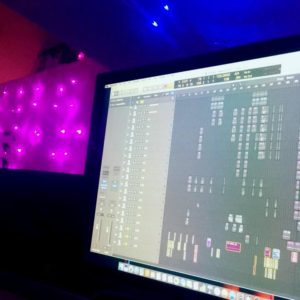
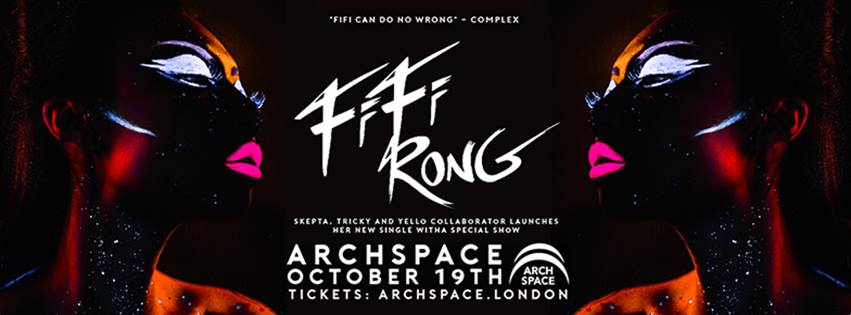
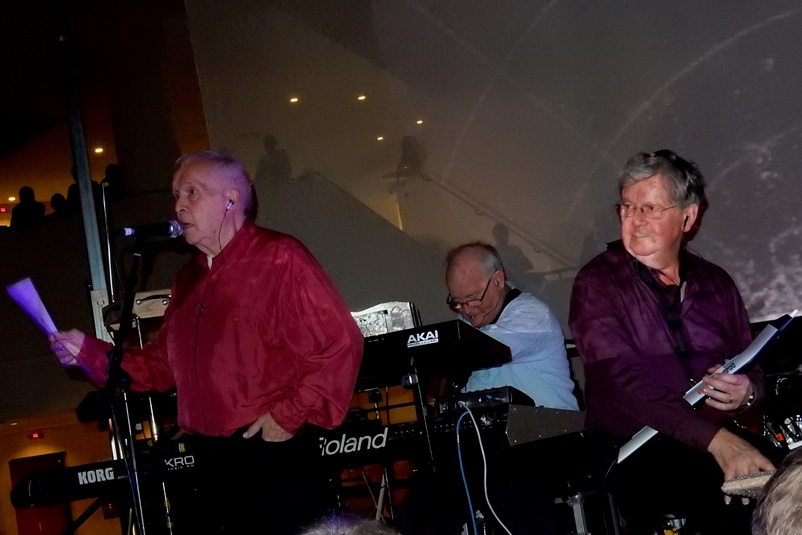
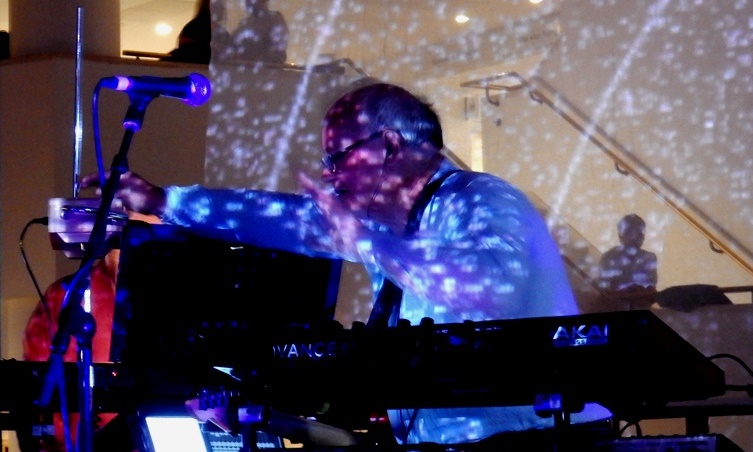
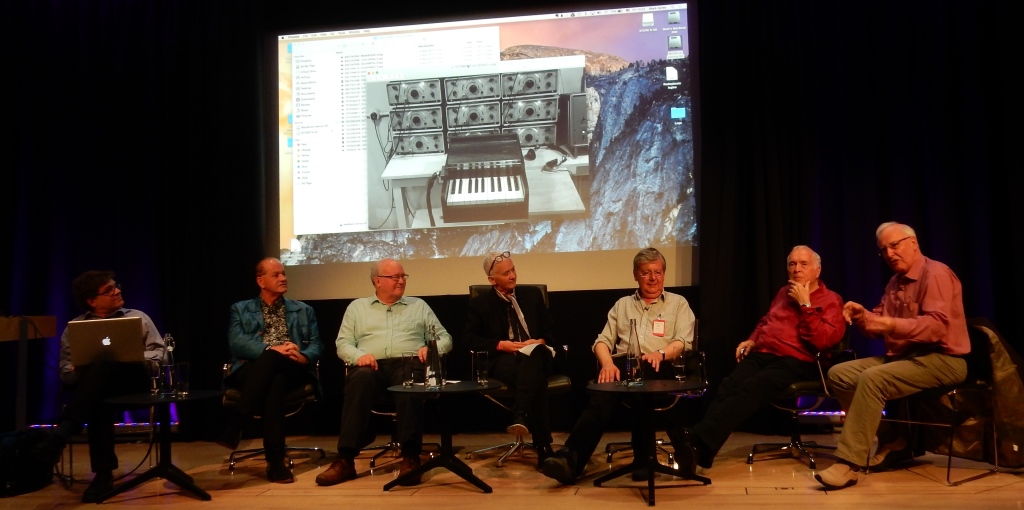
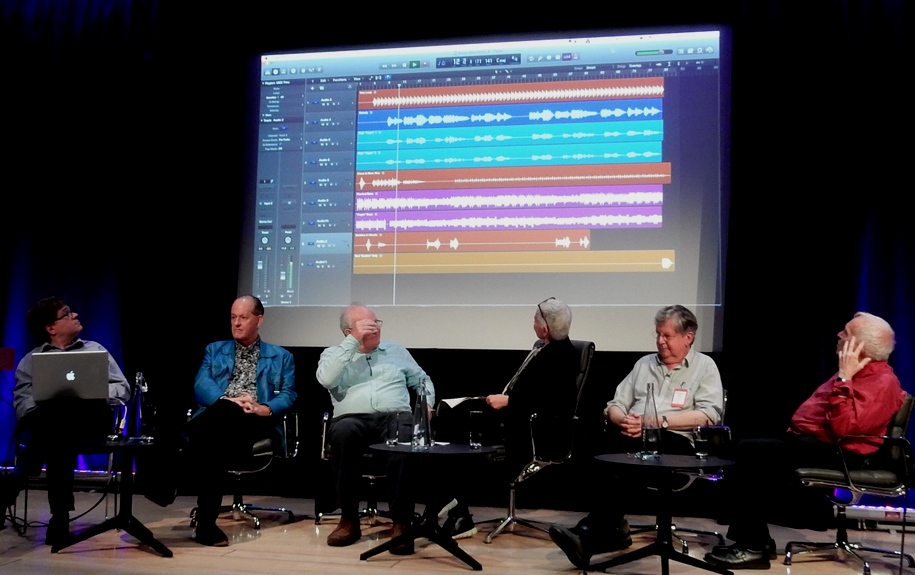
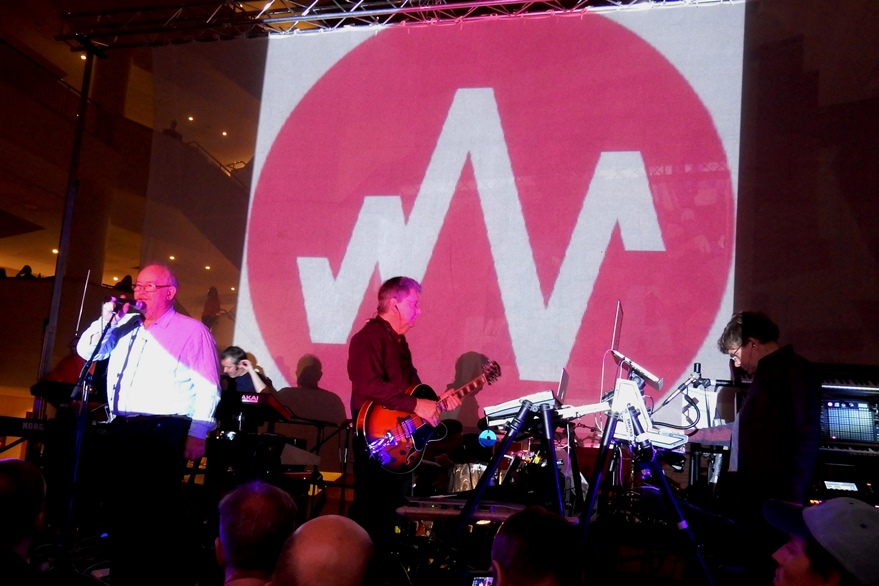
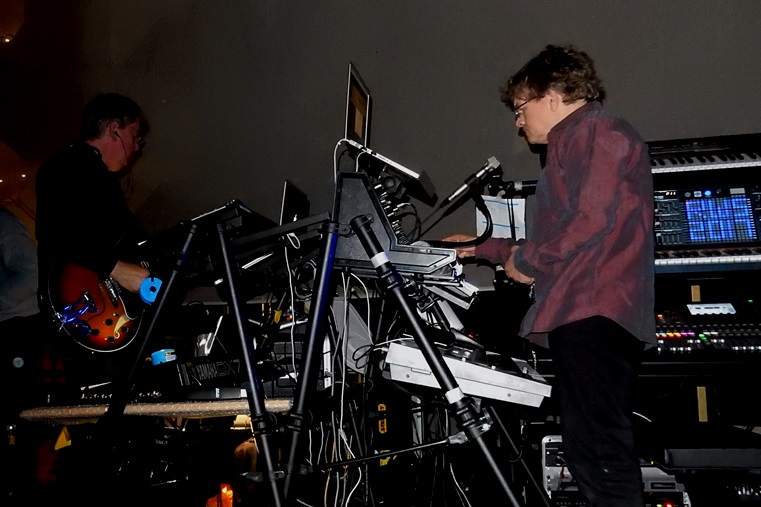
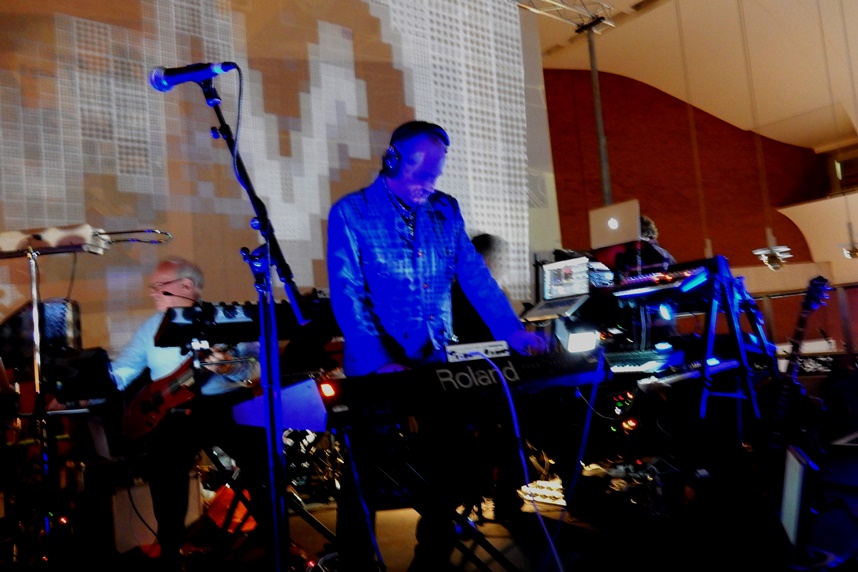
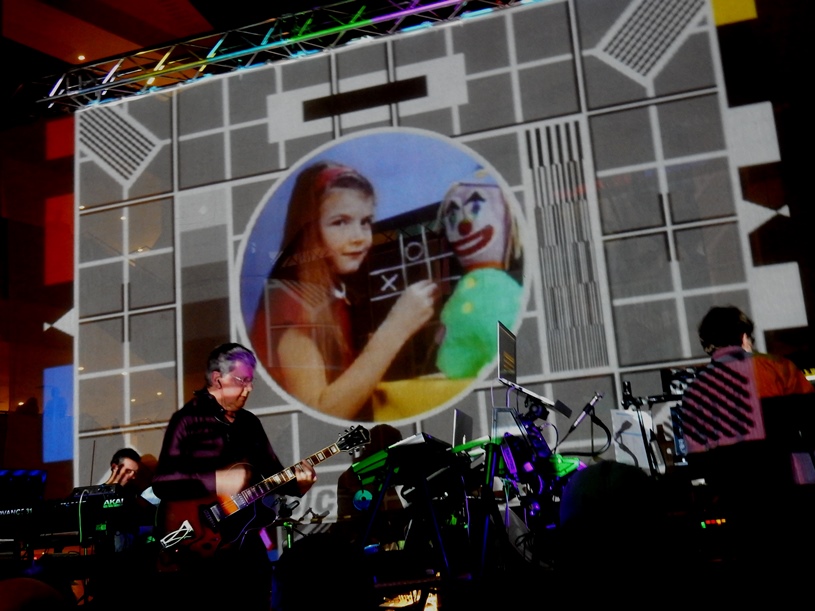
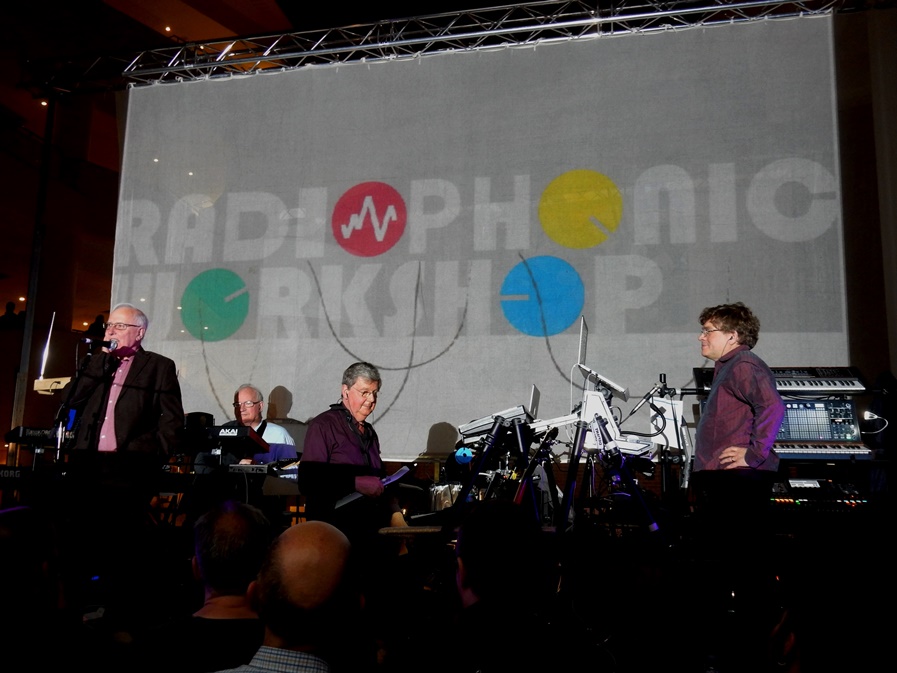
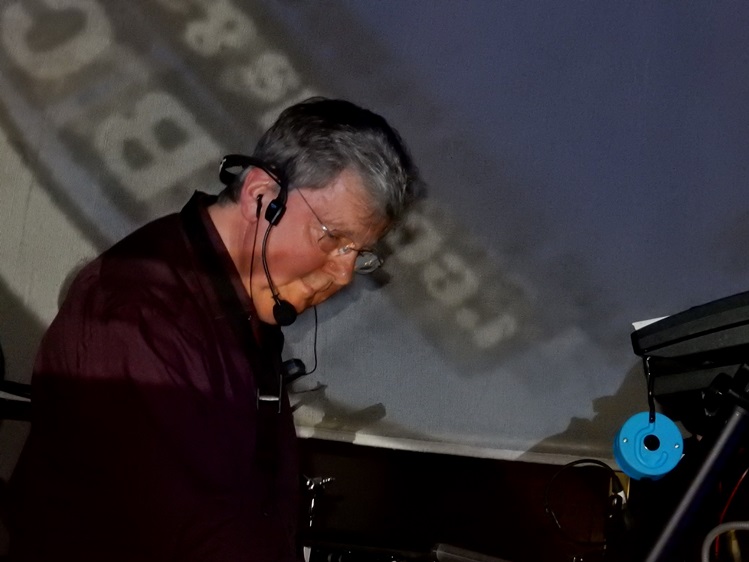
Follow Us!